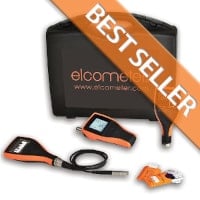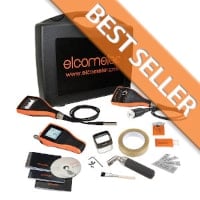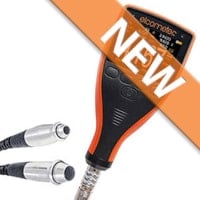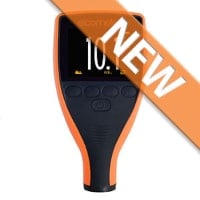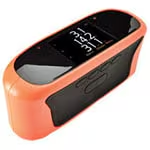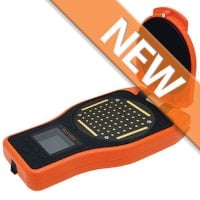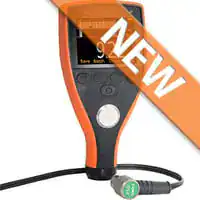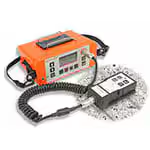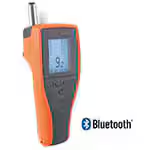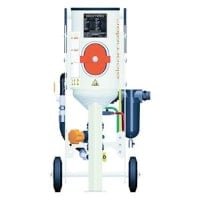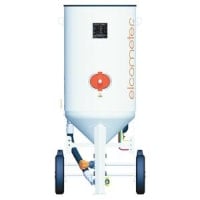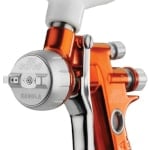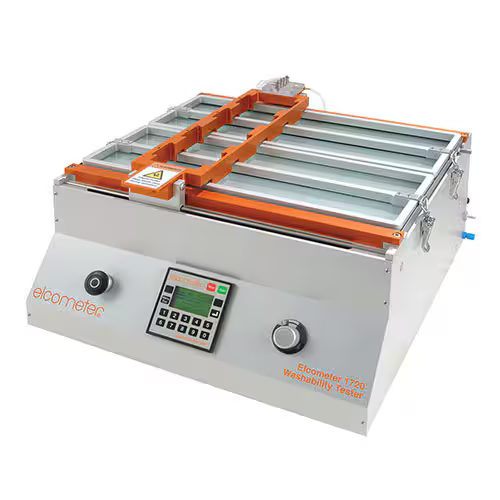|
|
|
Wet Abrasion / Washability Testers
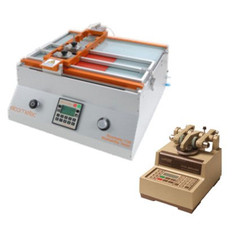 | Improved mechanical resistance is part of today’s quality requirements. One important criterion for assessing this feature is abrasion resistance. Depending on the nature and purpose of the product, various testing methods are available.
There are testing methods are related to the “abrasion by friction” concept. Others are based on the projection of abrasive particles on to the test specimen. These techniques provide valuable information about materials and processes.
To meet industry’s growing needs for research and control, Elcometer develops, manufactures and supplies a range of instruments designed for wear resistance tests. Standardized or conventional, these tests are widely used for numerous applications. |
These robust, reliable and extremely versatile machines have been designed for testing the abrasion, wash ability, brush ability and resistance of a wide range of materials including paint, lacquers, inks, coatings, leather, wood, plastics, printed material, fabrics etc.
The Elcometer 1720 Wash ability and Abrasion tester is available with either 2 or 4 stations, each station is separated by a water-tight gasket frame, allowing up to 4 dry or wet tests at any one time.
|
|
|
|
|
|

